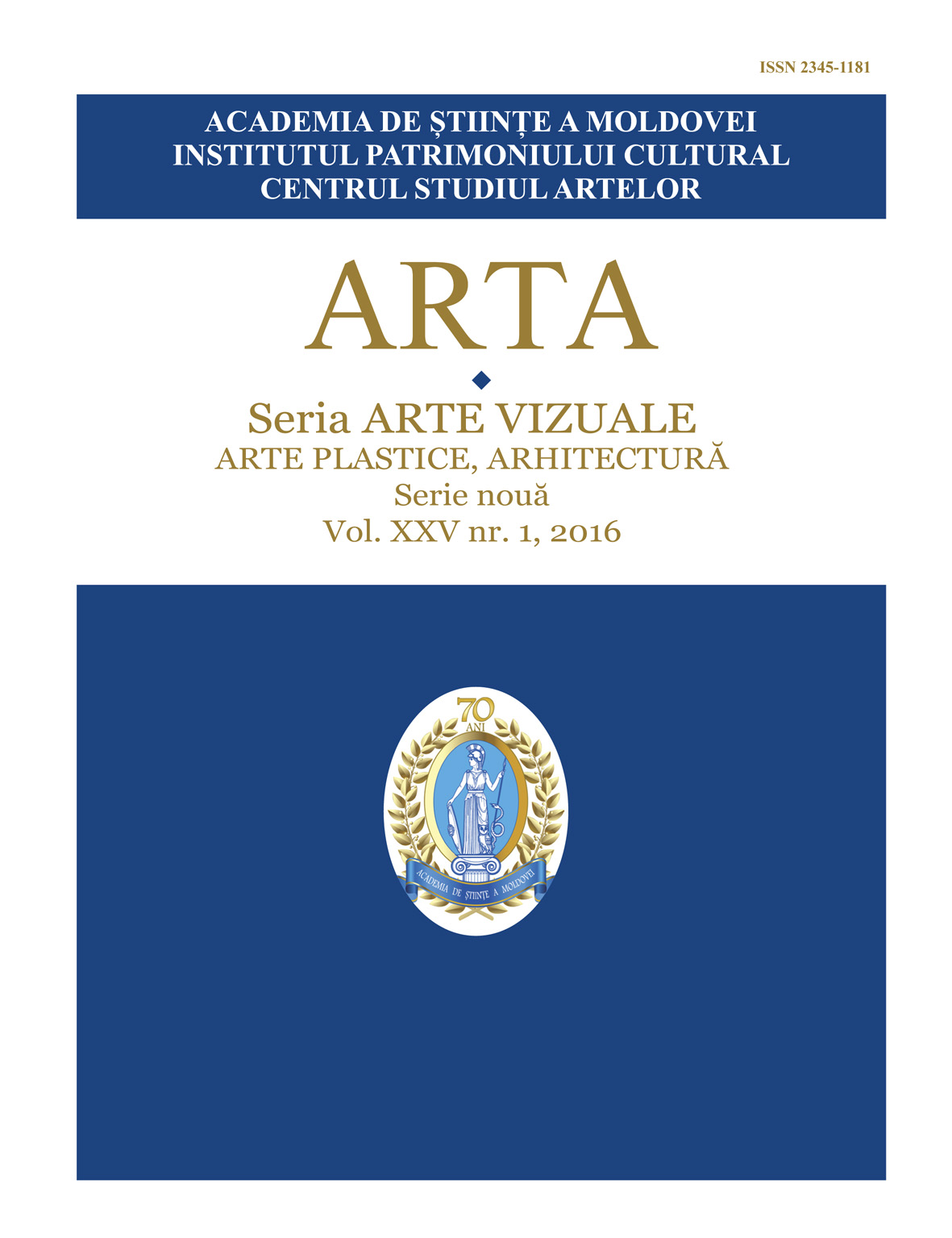Становление и развитие архитектуры на территориях Молдовы и Украины эпохи неолита
Formation and development of architecture in the areas of Moldova and Ukraine during the Chalcolithic period
Author(s): Nadejda PolshikovaSubject(s): Architecture
Published by: Institutul Patrimoniului Cultural al Academiei de Științe a Moldovei
Keywords: archaeological material; architecture; culture; Tripoli-Cucuteni; the Chalcolithic period; monuments; building practices; farming and ranching population
Summary/Abstract: By the end of the twentieth century.accumulated a lot of archaeological material on the Middle East and South-Eastern Europe, dating back to VIII – III millennium BC, the analysis of which made it possible to determine its temporal and territorial affiliation. On the basis of these archaeological discoveries during the second half of the nineteenth century – the end of the twentieth century.published works of archaeologists and historians, which reflect the formation and development of cultural communities in the Middle East, and in South-Eastern Europe of the period. The article analyzes the main works on the topic and outlined the ways of the formation and development of architecture and building practices in the areas of Moldova and Ukraine in the Chalcolithic period, IV-III millennium BC. Formation and development of architecture in South-Eastern Europe in the V – III millennium BC. It was made possible by the establishment of a mild climate, convenient for the life of the relief and the presence of many river basins. The process of migration from the Middle East in the V – IV century BC, aimed at development of new lands, provided the Carpathian-Danube region, a large influx of new farming and ranching population – carriers of high culture, including architecture and construction practice. Here in the Middle Dniester, in the first half – mid- IV millennium BC. there was a highly developed culture Chalcolithic eastern Europe – Tripoli – Cucuteni– with a high degree of development of architecture. Quickly, during the first half of IV millennium BC, having mastered the new territory, it’s population began to move to the east, between the Middle and Southern Bug Middle Dnieper, where in the second half – end of IV millennium BC observed flowering of culture and including architecture community Tripoli – Cucuteni.
Journal: Revista ARTA
- Issue Year: XXV/2016
- Issue No: 1
- Page Range: 31-37
- Page Count: 7
- Language: Russian

